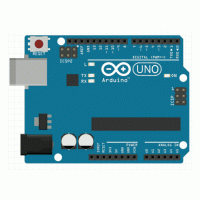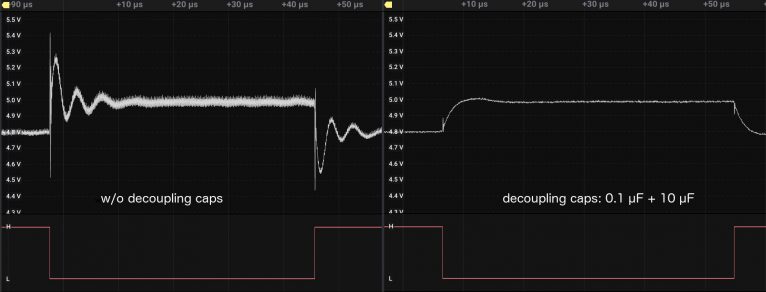The featured image of this post is is a comic from xkcd.com.
The above xkcd comic, which is titled Debugger, alludes to the concern that when you try to apply a particular method to itself, you might not get what you asked for. Turing’s Halting problem is a very famous example of this, i.e., you cannot algorithmically decide whether an algorithm terminates on an input. So, does that issue apply to debuggers as well? In particular, I asked myself whether it makes sense to debug the hardware debugger I am developing with itself.
Continue reading





